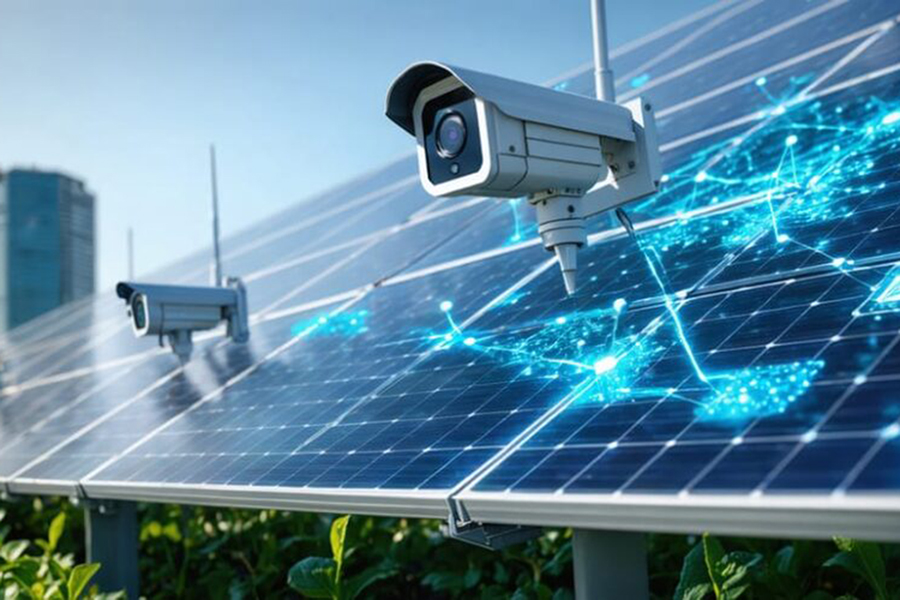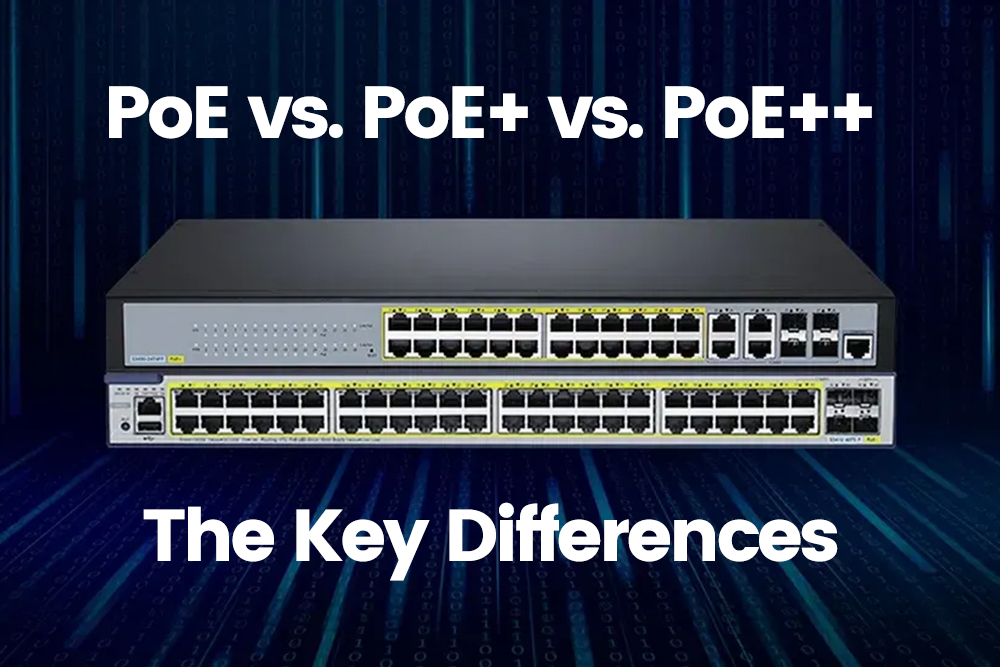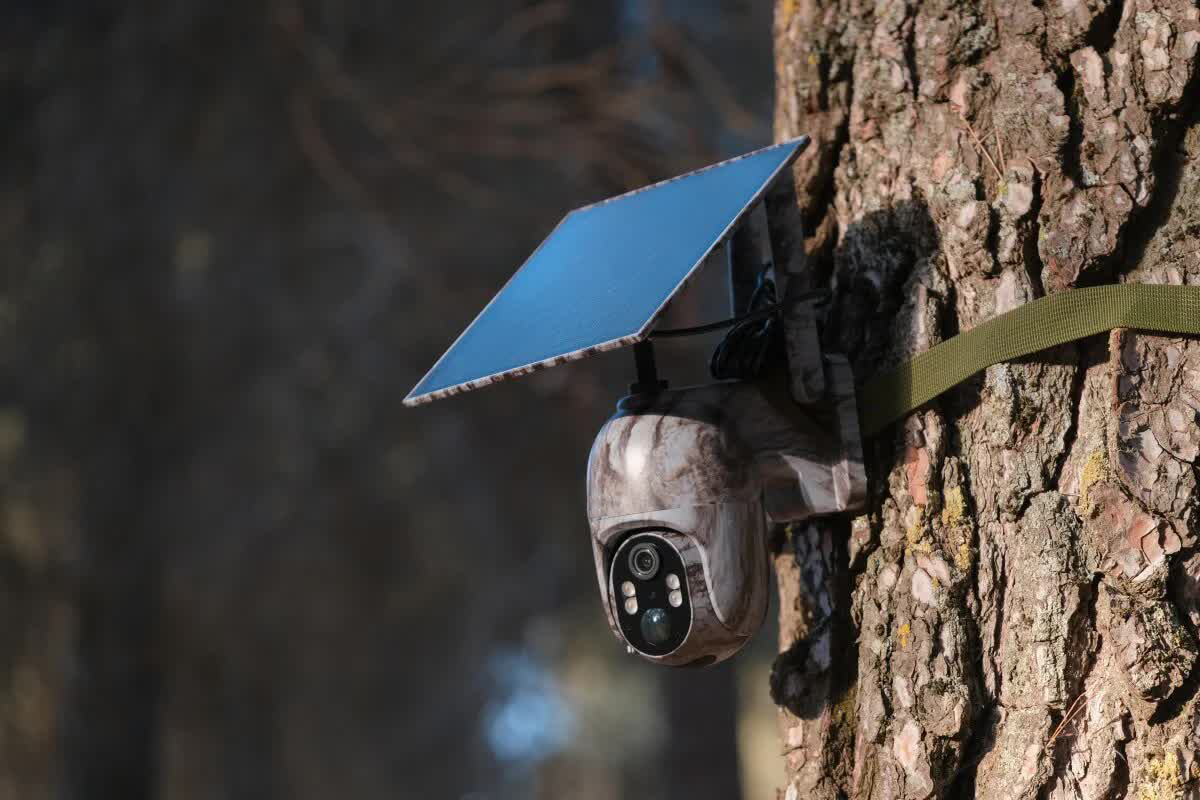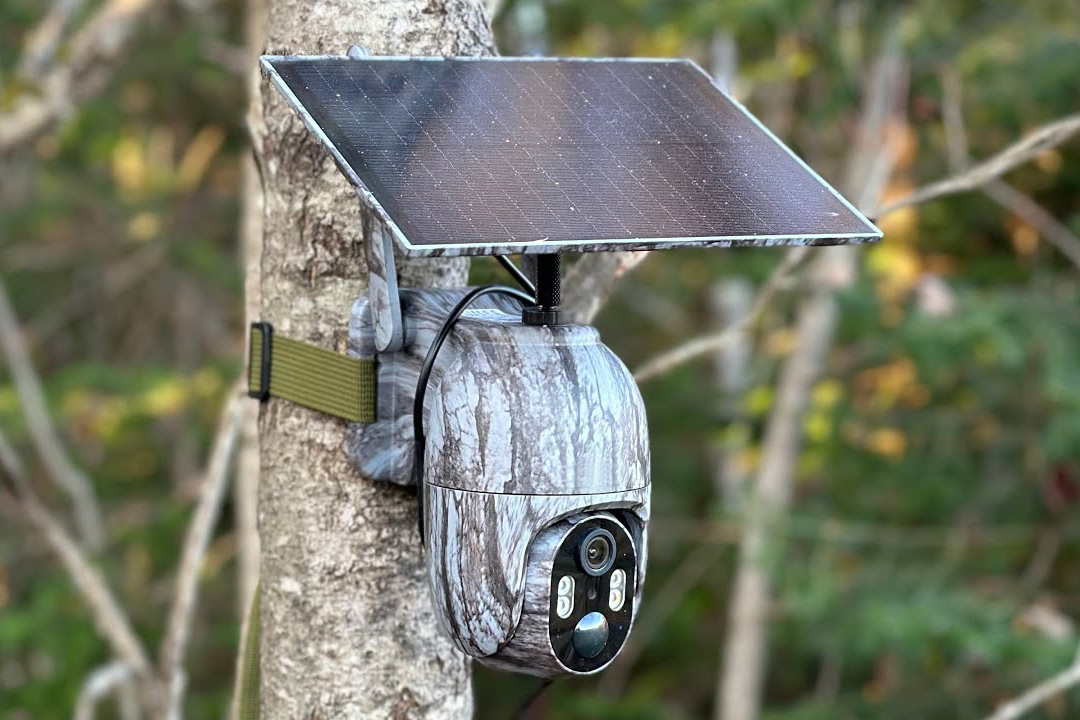Key Factors to Keep in Mind When Selecting a Solar Trail Camera
Key Factors to Keep in Mind When Selecting a Solar Trail Camera

Solar-powered trail cameras, using clean energy & self-sustaining power, are becoming more common. As more people care about the environment, interest in these devices grows. The upfront cost of getting a high-quality solar trail camera might seem high. But, over time, as solar panels last longer & more cameras are deployed, the long-term benefits are clear. If you're looking for the best solar trail camera, certain essential factors shouldn't be overlooked.
1. Solar Panel Capacity in a Solar Trail Camera
The electricity a solar panel produces depends on many things. Factors include sunlight levels, weather, panel tilt angle & more.
The panel on a trail camera should generate enough power to keep it running at least 8 hours daily. At the same time, it should store enough energy to keep the battery fully charged.
For peak solar efficiency, ensure no objects block direct sunlight from the panel. If in the northern hemisphere, position panels facing south. If in the southern hemisphere, face them north for the best exposure.
Bad weather, like snow or thick clouds, weakens solar efficiency. Setting panels at the best possible angle helps reduce this effect.
Also, prevent shadows from trees or bushes from covering your solar trail camera's panel.
For better performance, regularly clean the solar panel surface with a damp cloth or paper towel to remove dust or debris.
2. Battery Requirements for a Solar Trail Camera
Rechargeable batteries provide power when sunlight is low, keeping the camera running.
A solar trail camera should come with rechargeable batteries to store energy for cloudy days. The battery’s capacity must be at least ten times greater than the solar panel’s max output. If not, overcharging may cause damage.
Typical charging time ranges between 6 to 8 hours. Once fully charged, stored energy may last anywhere from one week up to three months. This depends on camera activity, such as motion-triggered recording or user access.
Battery storage capacity is measured in milliamp hours (mAh). Cameras with power-hungry features like two-way audio, Wi-Fi, & night vision need more battery capacity.
A quick way to simplify battery selection is to buy a solar cellular camera that includes a rechargeable battery.
For those adding extra battery backups to a solar trail camera, contacting the camera seller directly for recommendations is a good option.
3. Where Does the Solar Trail Camera Store Video?
If you want to save motion-triggered videos without paying monthly fees, a solar-powered trail camera with an SD card might be the right pick.
Wireless solar cameras let you review & manage recordings from the memory card using a phone’s motion sensor function.
Want remote access to videos from any location with internet? Choose cloud storage. That way, solar trail camera recordings stay accessible on a mobile device anywhere. Footage from a motion-sensing wireless solar trail camera can also be saved onto an SD card inside the phone.
4. Data Transfer in Solar Trail Cameras
WiFi solar trail cameras with motion detection send alerts instantly when online. Watching live video on a smartphone app is also possible.
No network in the area? No problem!
Solar trail cameras with an SD card slot keep recording motion events even if WiFi is unavailable.
But for real-time monitoring or instant notifications, an internet connection is required.
Thanks to solar-powered cellular trail cameras, 3G/4G data enables operation in places without WiFi or wired internet—just like 4G solar-powered trail cameras.
All functions of a wireless solar trail camera are available in a solar cellular trail camera.
5. Image Clarity in Solar Trail Camera Lenses
Resolution affects image sharpness. If faces aren’t clear, the camera’s lens lacks effectiveness.
720p to 1080p resolution works well, though higher resolutions exist. Budget & entry-level models often feature 720p, while most solar cameras today use 1080p.
6. Cost of Wireless Solar Trail Cameras
Buying a top-tier solar trail camera may seem costly at first. Yet, as solar panels last longer & more units are installed, long-term gains outweigh initial spending.
Avoid fake or low-end solar IP cameras with poor resolution. Instead, go for a reliable solar trail camera from a reputable manufacturer.
Quick tip: When selecting a wireless solar-powered outdoor trail camera, ensure it supports at least Full HD (1080p) for clear, detailed images.
7. Solar Trail Camera Design & Waterproofing
Based on design & shape, cameras fall into two main types: bullet & dome.
a. Bullet-Type Surveillance Cameras
Bullet models feature a fixed viewing angle. The field of view is wide, adjustable manually or remotely. These cameras are common at entry points. Motion sensors & night vision are typically included.
b. Dome Trail Cameras
These have a smaller field of view but a wider swivel angle, nearly 360 degrees. Often found in commercial or industrial settings. Some residential dome models exist, but they tend to be less durable than their commercial counterparts.
The IP rating determines outdoor durability. It follows the IPXX format. "IP" means Ingress Protection. The first digit measures solid resistance, from large objects like leaves to tiny particles like dust.
The second digit shows water resistance. It can range from no protection to full submersion for extended periods. A rating of 5+ ensures the camera keeps running in heavy rain.
8. Solar Trail Camera & Existing Infrastructure
Check if your Wi-Fi, smart home system, or 4G service works with a solar-powered trail camera. While most models function on various Wi-Fi types, built-in 3G/4G compatibility & smart home integration should be verified before purchase.
9. Communication Features in Solar Trail Cameras
Certain models support two-way communication through a built-in mic & speaker. Before setting up, check the recommended working distance & height to ensure optimal sound clarity.
10. Motion Detection & Night Vision in Solar Trail Cameras
PIR motion sensing utilizes advanced algorithms to distinguish between human & non-human activity. If movement isn’t human, no alarm triggers. Night vision is essential for nighttime or low-light surveillance.
Summary
Operating surveillance cameras 24/7 all year can raise energy costs. Switching to solar cuts down electricity use. This is why solar-powered trail cameras continue growing in demand.
Beyond lower power bills, these cameras offer more advantages over wired & battery-powered versions. By 2021, solar models had already matched traditional powered cameras in performance.



